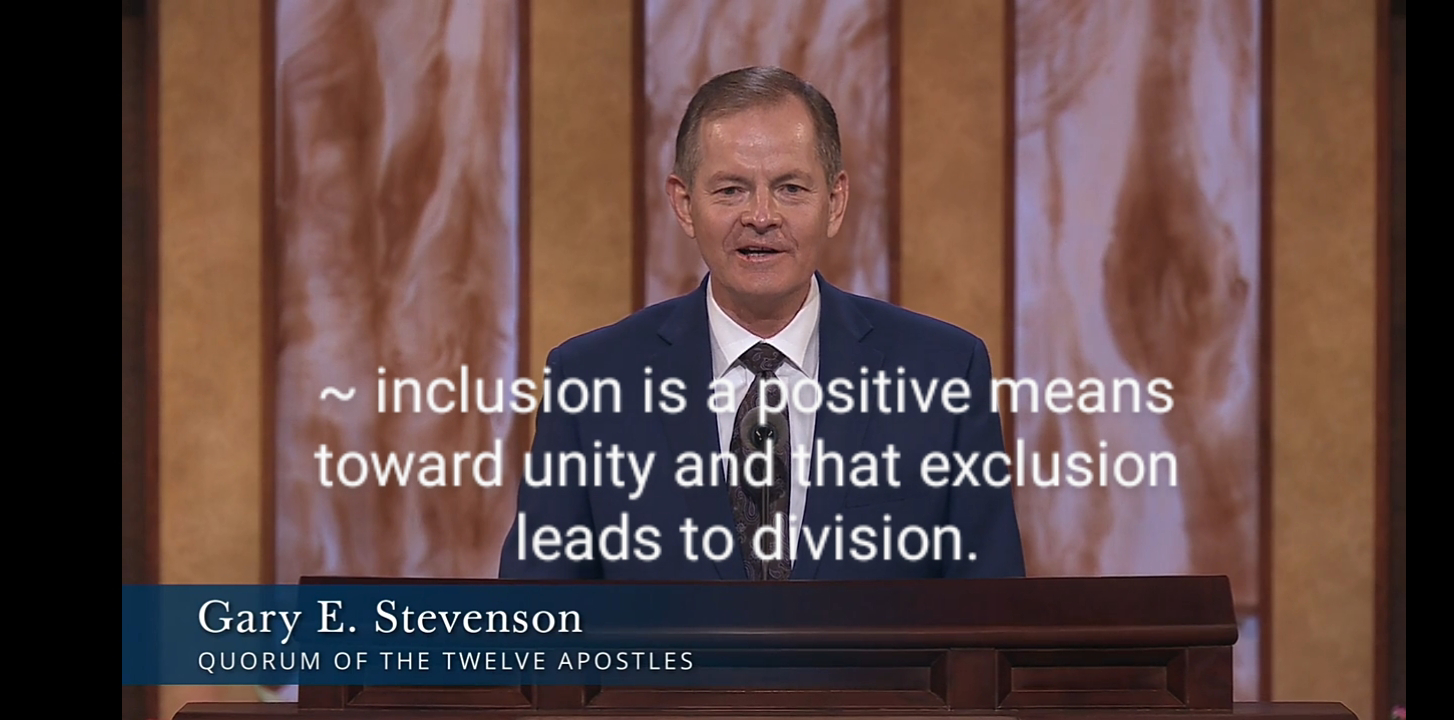School of the Prophets, the peace corps
Okay, More on chiasm shall we
Economic Society of Friends of the Country
"...
The large majority of the remaining papers—beyond the revelations, personal writings, dictated documents, and discourses—were not only penned but also composed by his clerks. Smith’s scribes must be credited for recording much of what we know about him. Those close associates who wrote his journal, for example, recorded views of his life and work often on a daily basis, especially in the later years. But those same scribes often stand between Joseph Smith and the reader hopeful of capturing his character and magnetism. Even writings issued over Smith’s name or written in first person are often the compositions of clerks. Extensive as the papers of Joseph Smith are, they do not afford readers unobstructed access to his mind and heart. In a famous sermon near the end of his life, he said, “You don’t know me—you never will,” and the nature of his papers only adds force to that assertion.
..."
Joseph Smith and His Papers: An Introduction
It seems that the expression 'bless you!' and the like denote a graft to the pathway, I think upon hearing from Brother Hugh of The Church of Jesus Christ of Latter-day Saints:
Nibley was born in Portland, Oregon, and his family moved to Los Angeles, California, in 1921, where Nibley attended middle school and high school. Nibley served an LDS mission in Germany, where he learned German. After his mission, he attended University of California, Los Angeles (UCLA), where he graduated in 1934. He received his PhD from University of California, Berkeley (UC Berkeley) in 1938. He taught various subjects at Claremont Colleges until he enlisted in the United States Army in 1942, where he was an intelligence officer.
Nibley became a professor at Brigham Young University (BYU) in 1946, where he taught foreign languages and Christian church history. He continued to study Egyptian and Coptic, and became the figurehead of the Institute for Ancient Studies at BYU in 1973. During his professorship, Nibley wrote articles for scholarly publications and for official LDS Church publications.
Akin to and fond of the significance of the broader academic front that Hugh contributed, for example, were Louis C. Midgley and Shirley S. Ricks.
Hugh Nibley's son Alex organized a documentary on Hugh entitled Faith of an Observer. Hugh Nibley's complete works were published jointly by the Foundation for Ancient Research and Mormon Studies (FARMS) and Deseret Book.
EARLY LIFE AND EDUCATION
Hugh Nibley was born in Portland, Oregon, son of Alexander ("El") Nibley and Agnes Sloan. Among their other sons were Sloan Nibley, Richard Nibley, and Reid N. Nibley. Their father Alexander was the son of Charles W. Nibley, Presiding Bishop of the church. Alexander's mother, wife of Charles, was Rebecca Neibaur. Rebecca was the daughter of Alexander Neibaur, one of the first Jewish people to convert to Mormonism. Alexander Nibley served as mission president of the Liège Conference.
In 1917, Nibley's family moved to Medford, Oregon, where his father started to manage his father's sugar beet company. The next year at age eight, Nibley was baptized into the LDS Church. The family returned to Portland after the sugar beet factory failed in 1919. In 1920, the principal at Nibley's elementary school gave all of his students an IQ test. After seeing Nibley's high scores, the principal decided to privately tutor Nibley. Nibley's parents employed a music tutor and a French tutor for their children as well.
Nibley's family moved to Los Angeles in 1921, where Nibley's father participated in the burgeoning real-estate market and was part of Los Angeles's high society. Nibley attended Alta Loma Middle School from 1921 until 1923. He graduated from Los Angeles High School in 1927, where he was friends with John Cage. Nibley was particularly interested in astronomy, art, and English. In order to see through his telescope unimpeded, he cut off his eyelashes. His interest in literature led him to study Old and Middle English, German, Latin, and Greek. He spent the summer of 1925 working in a lumber mill. In 1926, Nibely's poems appeared in the Improvement Era and The Lyric West. That same year, his family moved to a mansion, and Nibley spent six weeks alone in the wilderness near Crater Lake. Nibley took part and excelled in the Reserve Officers' Training Corps (ROTC). The summer he was 17, he attended Brigham Young Academy's Aspen Grove summer school.
Nibley's parents were worried about his social development and felt that an LDS mission would help him have more contact with people. In November 1927, Nibley received his temple endowment, studied at the Salt Lake Mission Home to serve an LDS mission in Germany until 1929. He spent his first three weeks in Germany learning German in Cologne with other missionaries. After his mission, he received special permission to visit Greece for six weeks to contact other members of the LDS Church there.
After his mission, Nibley majored in history at the still new UCLA. He also studied Latin, Greek, and Spanish and graduated in 1934 summa cum laude. Nibley's grandfather, Charles, and his brother, Philip, died in 1931 and 1932 respectively. In June 1933, Nibley used his knowledge of shorthand and typing when he served a short-term mission in the northwestern states as the mission stenographer. He returned in time to start his PhD at UC Berkeley in September 1934. In the 1936–1937 school year he received a fellowship that would have covered his tuition and housing. Nibley's father asked him to loan the money to him and did not repay it. He found a job translating Latin, but because his funds were severely limited, he moved from the expensive International House to a cheap apartment, where his neighbors spoke Arabic. His dissertation "The Roman Games as a Survival of an Archaic Year Cult" was accepted and he graduated in 1938.
-Coming soon... part two.





acá https://palabrasd1mormonxquickcanon.blogspot.com/
ResponderBorrar